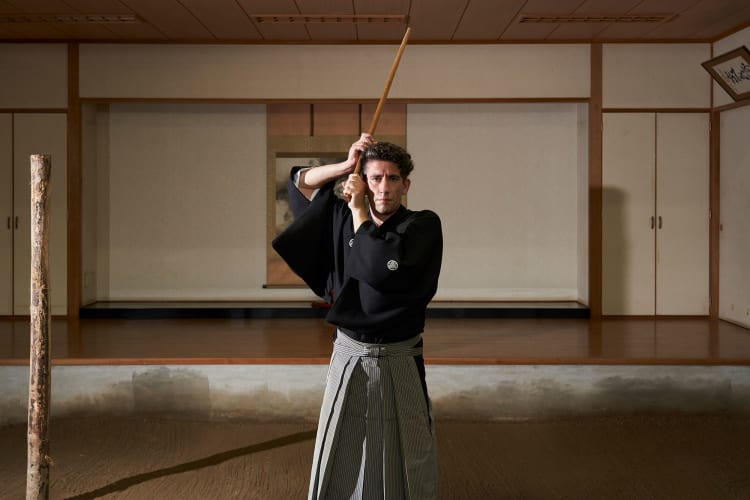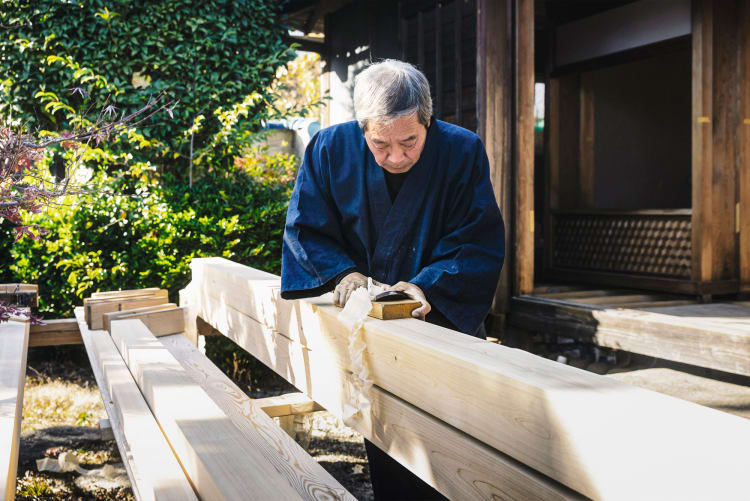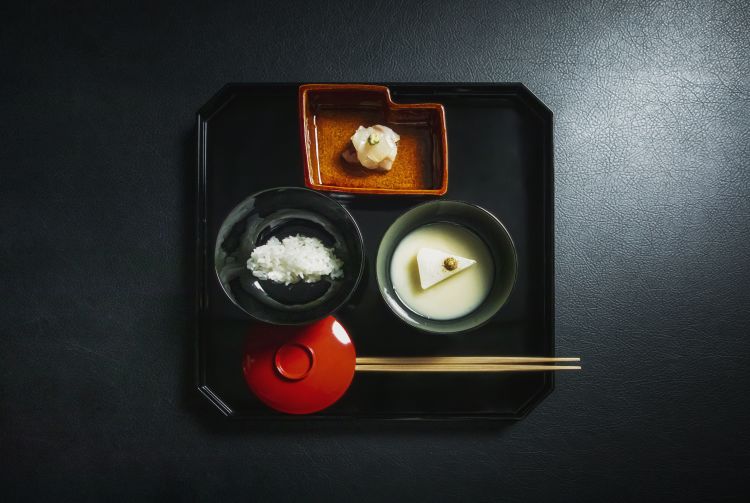Embodying the Nature and Spirit of Japan
When thinking of Japan’s history, for many the first image that comes to mind is that of the samurai: stoic, fearless warriors who lived by the strict moral code called bushido. But what lies beneath that image is a deep well of spiritual strength and a long tradition as patrons of high culture, practitioners of the tea ceremony, accomplished artists and poets.
Kagoshima Prefecture was once the center of the powerful Satsuma Domain, where around one-fourth of the population was samurai. Here you can still experience the martial, spiritual and artistic traditions that have been passed down for generations.
Visitors can watch demonstrations of fast and deadly Jigen-ryu swordsmanship, now taught by the 13th generation of the Togo family. Meet with and observe the practitioners directly and learn how this martial art instills principles of self-discipline and the philosophy of focusing on the present during hands-on experiences such as learning traditional sword combat techniques. Take one step further and challenge yourself with the esoteric Buddhist meditation style the samurai practiced in order to keep their minds clear in battle and develop resilience: becoming not only better warriors but also more virtuous members of society. After interacting with those who continue to honor bushido, you will gain a deeper understanding of the discipline, focus, and determination that characterized the Way of the Samurai.

While Buddhist philosophy and meditation practices had a deep effect on the samurai’s way of life, they also were influenced by Shinto, Japan’s indigenous faith. The natural world is central to Shinto, a spiritual tradition which holds that deities are to be found in mountains, rivers, and even in some trees that have stood for at least 100 years. In Japan, people pay their respects to these unseen spirits, enshrined in sacred structures or dwelling in the numinous natural world.
You can tune into this view of life in Yoshino, a heavily forested area in the mountains of Nara Prefecture. This is the home of the yamamori, mountain foresters who have passed down the skills and spirit of tree cultivation for five centuries. Before felling a towering tree, the yamamori will offer words of gratitude to the deities. An architect who specializes in traditional wooden structures can take you to meet the artisans, carpenters, and foresters who live in harmony with the forest, so you can experience the deep connection between nature and craftmanship in Japan.

Unlike historic architecture in the Western world, which prominently features stone or brick, traditional Japanese architecture is made of wood. This lighter/warmer material, the use of paper screens and engawa (wooden verandas protected by overhanging eaves) keep houses breezy and cool during Japan’s sultry summers, and create a greater sense of flow between the indoors and the surrounding environment. You can experience this more connected way of living with nature at Japan’s many historic ryokan (traditional inns). The natural world is not limited to the inns’ carefully tended gardens and steaming hot springs, as the wooden building materials, tatami floors and fresh flower arrangements seamlessly bring the outside indoors.
See how nature is brought inside at Gora Kadan in Hakone, a serene retreat within easy reach of Tokyo, where views of Mt. Fuji, forests, valleys, and hot springs beckon. Once belonging to a member of the Imperial Family, this peaceful secluded villa blends the attentiveness and use of wood characteristic of a luxury ryokan with all the modern touches you need for a stressless stay. Sit along the engawa and meditatively watch the play of light on your private rock garden or stargaze from your very own hot spring bath, and feel how reconnecting with the rhythms of nature – in true Japanese style – can calm and center you.







